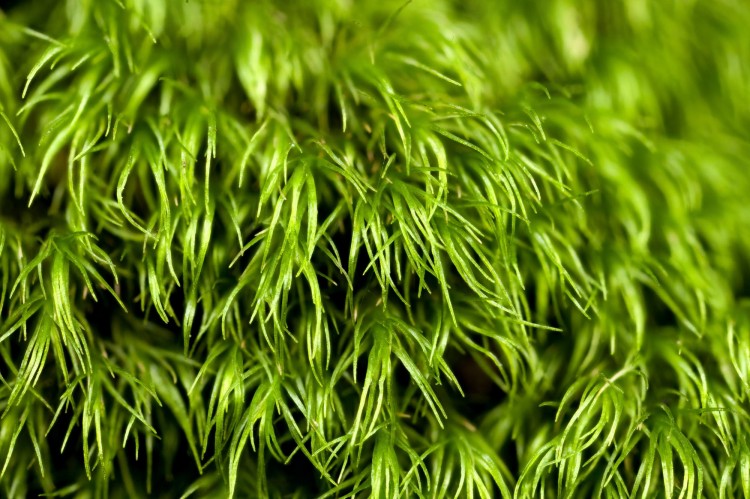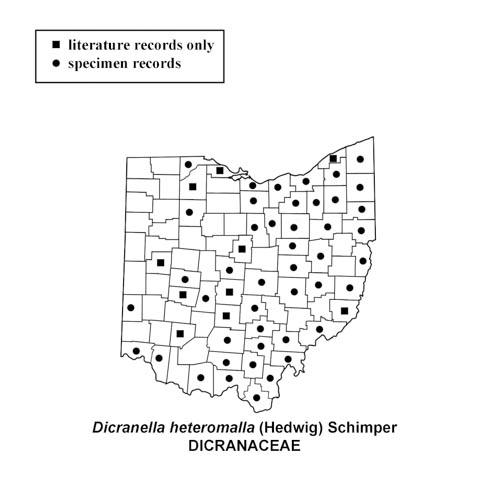Dicranella heteromalla

Dicranella heteromalla on partly shaded bluff overlooking Alum Creek in Delaware County, Ohio. April 9, 2013.

Dicranella heteromalla on partly shaded bluff overlooking Alum Creek in Delaware County, Ohio. November 25, 2012.

Dicranella heteromalla on partly shaded bluff overlooking Alum Creek in Delaware County, Ohio. November 25, 2012.

Dicranella heteromalla on partly shaded bluff overlooking Alum Creek in Delaware County, Ohio. October 24, 2011.

Dicranella heteromalla on partly shaded bluff overlooking Alum Creek in Delaware County, Ohio. October 8, 2012.

Dicranella heteromalla in open woods on OSU campus, Franklin County, Ohio. October 24, 2011.

Dicranella heteromalla in open woods on OSU campus, Franklin County, Ohio. October 24, 2011.

Dicranella heteromalla peristome.

Dicranella heteromalla at Tar Hollow State Forest. Hocking County, Ohio. August 26, 2007.
How to recognize Dicranella heteromalla: This moss has erect plants which form little cushions of green moss. The 3 mm leaves are fine and thin and curve in one direction. The leaves have a single costa (midrib) and no distinctive alar cells; this is different from the genus Dicranum, which has distinctive alar cells. It is the most tolerant to sulfur dioxide of any moss known. If there are capsules present the seta supporting them are yellow when young, but brown when old. The erect capsules are cylindrical when moist, but pucker below the mouth and furrow when dry and empty; these brown capsules are distinctive with orange peristome teeth which are divided halfway down into two hyaline papillose forks in this species. The capsules have no stomata; a compound microscope is needed to observe the lack of this distinctive feature in some of the Dicranella species.
Where to find Dicranella heteromalla: It is common on disturbed soil along roads and stream banks, and on soil over roots of fallen trees.

